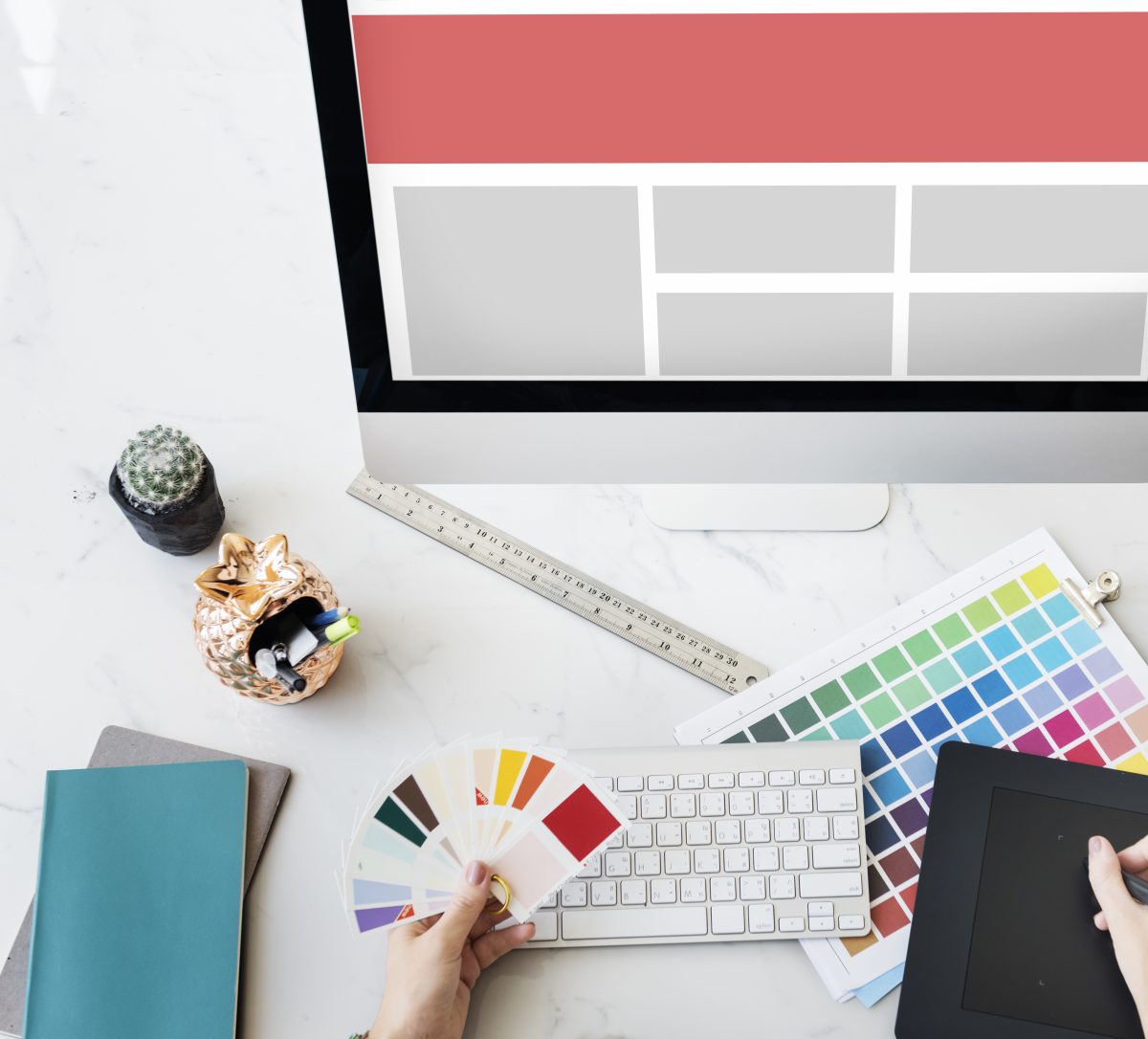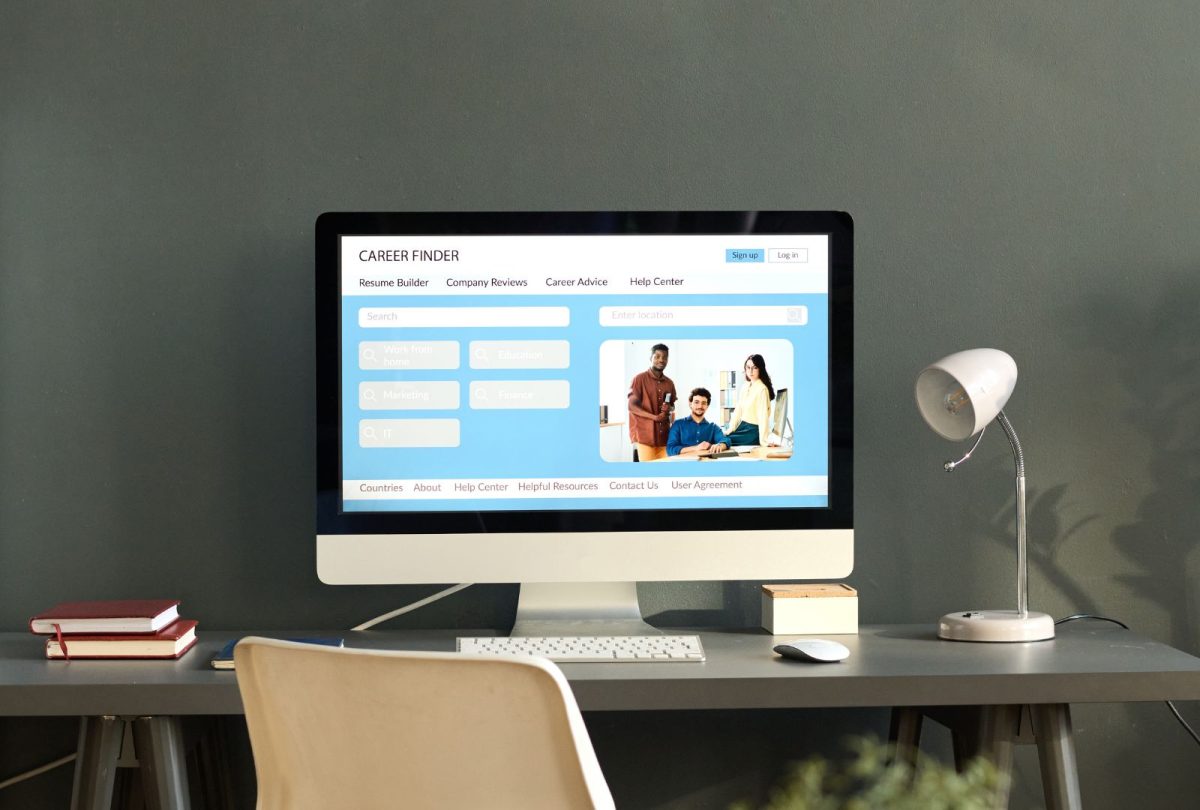Table of Contents

Color isn’t just decoration—it’s a tool. In the world of web design, color psychology plays a powerful role in how users feel, where they click, and whether they stay or leave. When used strategically, colors can influence decisions, guide navigation, and even boost conversions.
In this post, we’ll explore how color psychology works in web design, break down emotional triggers by color, and share how to use color to guide your visitors’ actions.
Why Color Psychology in Web Design Matters
Color psychology is the study of how different hues affect human behavior and decision-making. In web design, it’s the art of using color strategically to influence how users think, feel, and act.
Colors can:
- Evoke emotions (e.g., red for urgency, blue for trust)
- Guide attention (e.g., using contrast to draw focus)
- Reinforce branding and recognition
- Impact click-through and conversion rates
For web designers and business owners alike, understanding color psychology helps ensure that design choices align with user expectations and business goals.
The Emotions Behind Common Website Colors

🔵 Blue – Trust and Security
Blue is the most commonly used web color—and for good reason. It evokes a sense of trust and calm, making it popular in industries like tech, healthcare, and finance.
Best for: SaaS websites, finance platforms, and corporate pages.
🔴 Red – Urgency and Attention
Red grabs attention instantly. It can evoke excitement, urgency, or even danger. It’s commonly used in CTAs (calls to action) or sales banners to create urgency—think of red “Buy Now” or “Limited Time” buttons.
Use red sparingly, though—too much can feel aggressive or overwhelming.
Best for: ecommerce CTAs, flash sale banners, limited-time offers.
🟢 Green – Growth and Balance
Green represents health, wealth, growth, and calm. It’s especially useful in wellness, sustainability, and fintech industries. It’s also often used to indicate success in form submissions or confirmations.
Best for: eco-friendly brands, financial apps, educational sites.
🟡 Yellow – Optimism and Energy
Yellow sparks optimism, clarity, and warmth. However, it’s also the most fatiguing color to the human eye, so it should be used strategically. Yellow works well for attracting attention without the intensity of red.
Best for: playful brands, banners, highlights.
⚫ Black – Luxury and Sophistication
Black denotes elegance, power, and sophistication. It’s commonly used in high-end brands or minimalist designs. When paired with white or gold, it adds an elevated look and feel.
Best for: fashion websites, creative portfolios, high-end services.
How to Use Color Psychology to Influence Actions
1. Guide Users with Contrast
Contrast helps your CTAs stand out. A button that blends into the background won’t convert. The color of your CTA button should contrast strongly with your primary background color while still feeling cohesive with your brand.
Example: If your background is blue, an orange CTA button offers high contrast and visibility.
2. Use Color to Establish Hierarchy
Colors help users navigate information. By using a consistent palette and assigning color meaning across sections, you create an intuitive experience. For example:
- Blue headers = primary sections
- Grey subheaders = secondary content
- Green highlights = confirmation or success
This kind of color hierarchy enhances both user experience and accessibility.
3. Consider Cultural Associations
Color meanings can vary based on culture. For example, while white signifies purity in Western cultures, it represents mourning in some Asian countries. If your audience is global, take these variations into account.
For a deeper dive into color across cultures, Smashing Magazine provides useful insights.
4. Test, Measure, and Iterate
Color choice isn’t just about theory—it’s about results. A/B testing different color schemes or CTA buttons can help you see what actually resonates with your users. What works for one audience may not work for another.
At Pressific, we understand that great web design doesn’t stop at beautiful layouts—it’s also about performance and user behaviour. When you choose strategic design paired with testing, you’re not guessing—you’re improving.
Common Mistakes in Using Color
Using Too Many Colors
A cluttered palette confuses users. Limit your primary color palette to 2–3 main colors with 1–2 accent colors.
Ignoring Accessibility
Roughly 8% of men and 0.5% of women are colorblind. Make sure your color combinations meet WCAG accessibility standards. Tools like WebAIM’s Contrast Checker can help ensure legibility for all users.
Letting Aesthetics Trump Function
While colors should be visually appealing, function should come first. If your website looks great but people don’t know where to click, it’s not working.
Final Thoughts: Color Is More Than Aesthetic—It’s Strategy
Color psychology in web design is both an art and a science. When used purposefully, color helps you:
- Communicate your brand’s personality
- Build trust and emotional connection
- Influence actions and increase conversions
From bold CTAs to subtle backgrounds, each color on your site should have a job to do.
Looking to ensure your website’s color strategy is aligned with your brand goals?
At Pressific, we’re passionate about helping brands design websites that are not only visually appealing but also strong, secure, and effective.






